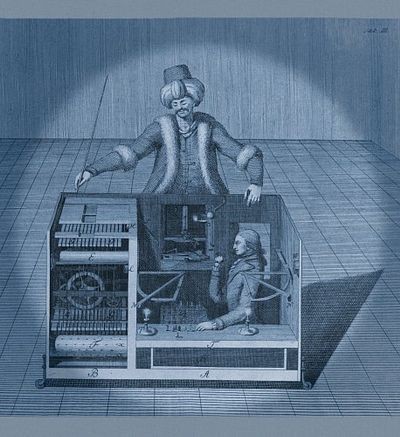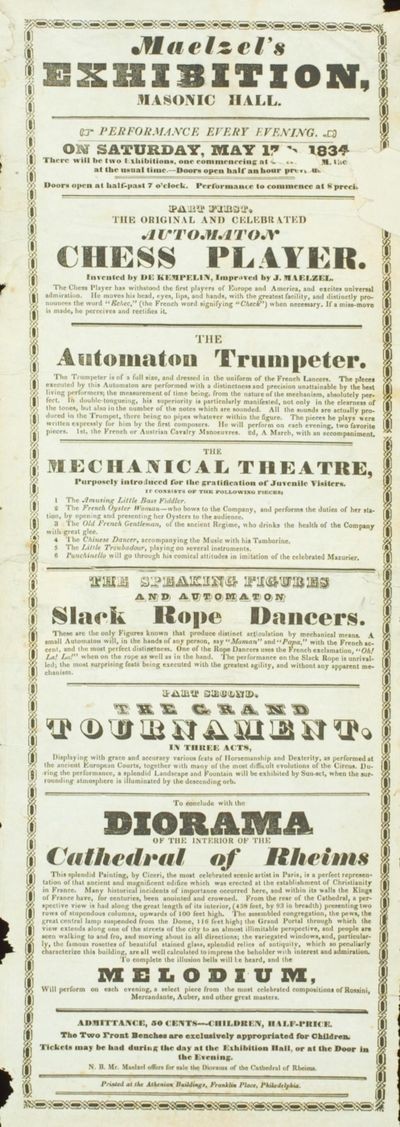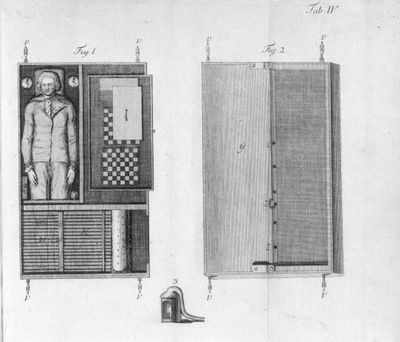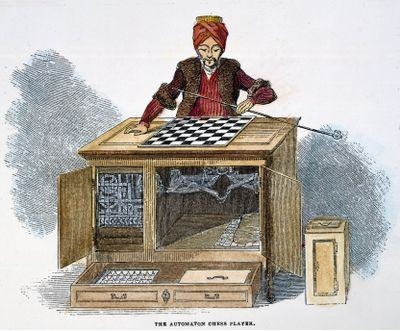Mastering the Game: A History of Computer Chess
In 1770, diplomat and inventor, Wolfgang von Kempelen built a chess-playing machine called The Turk and presented it to the Empress Maria Theresa of Austria-Hungary. The Turk traveled to public fairs and royal courts alike for the next eighty-five years, playing such well known figures as Charles Babbage, Napoleon Bonaparte and Benjamin Franklin.
In 1997, another man-made chess machine, a computer called Deep Blue, defeated the best chess player in the world.
Although built more than two hundred years apart, both inventions were sensations in their day, appearing to be machines that could think. Although The Turk was ultimately revealed as a magic trick, Deep Blue was a computer based on advanced technology using powerful silicon chips and sophisticated software.
In this exhibit, you will see that the history of computer chess is a five-decade long quest to solve a difficult intellectual problem. The story starts in the earliest days of computing and reflects the general advances in hardware and software over this period. The work on computer chess itself also led to the development of many important software techniques. Finally, you will explore what the first fifty years of computer chess has contributed to our understanding of intelligence.






